No-Till in Any Language!
A big booster of no-till, Ned Trovillion designed a unique symbol designed to look like an international highway sign that publicizes the advantages of no-tilling.
“I thought the sign would be a good way to help promote no-tillage,” says the Soil Conservation Service district conservationist in Johnson County, Ill. “In any language, the signs means more no-till and less erosion.”
No-Tillers Are Known to Soil Their Undies
The “underwear test” has made it relatively easy to demonstrate the importance of soil microbiology. The test uses something almost every farmer has on hand --— cotton underwear. (It isn’t specified why the word “almost” is used.)
“The premise of the demonstration is the fact that soil microorganisms require carbon to survive,” says South Dakota State Univ. Soils Specialist Anthony Bly. “Men’s cotton underwear briefs contain high amounts of carbon. Therefore, decomposition of the briefs after they are retrieved provides a good indication of soil microbiological activity, and ultimately, soil health status.”
Five weeks after burial in fields with different crops and tillage practices, the briefs were retrieved and weighed. After the effects of the microbial activity, the briefs buried in no-till/cover crops weighed 44% less than the undies buried under conventional-tilled corn.
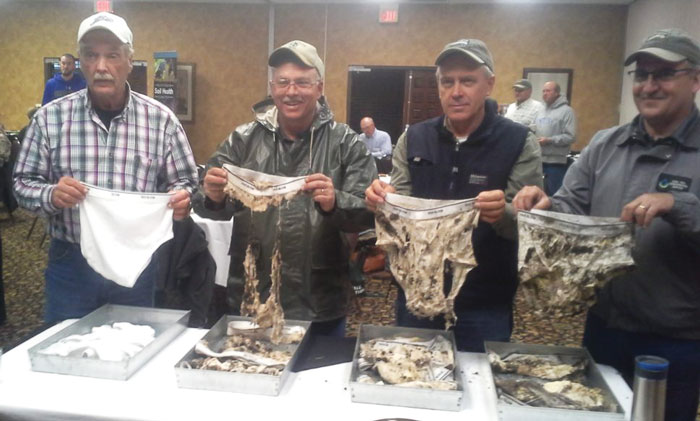


PARKING LOT SCENES. A few growers promote the practice via personalized license plates as seen on vehicles at mid-summer no-till field days.
‘Hands-On’ Demonstrations Show No-Till Benefits
The “Smoking Tile Test” provides a visual analysis of soil structure, quality and earthworm activity. After a Lessiter Media conference, Frank Gibbs, former USDA soil scientist, took attendees to the field to see it in action for a special workshop. The test involves pumping smoke into the field’s underground drainage tiles. The smoke travels through the pipes and rises through holes and macropores, swirling up through the soil surface.
Rainfall simulators show what happens when water lands on the soil surface, illustrating how much water the soil is absorbing or allowing to run off.
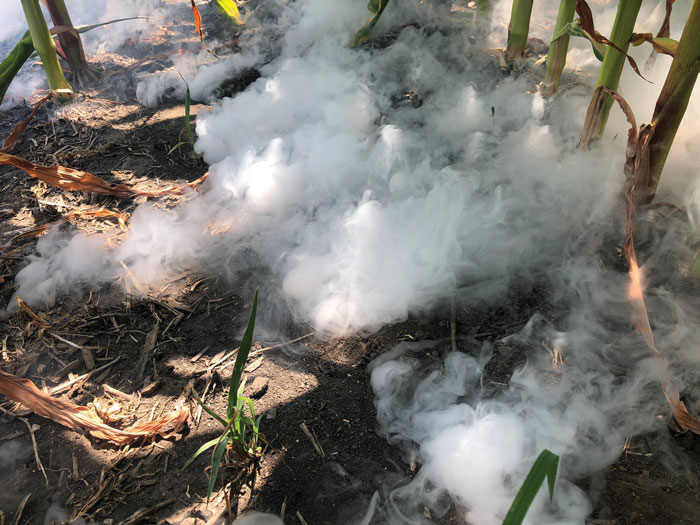
Smoking Tile Test
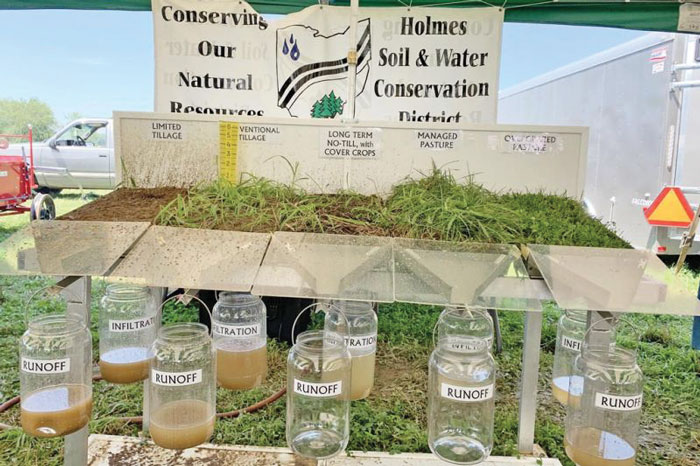
Rainfall Simulators
Click Here to View Enlarged Slideshow
No-Tillers ‘Take the Field’ at Milan, Tennessee
West Tennessee farmers were losing 40 tons of soil per acre annually when the Univ. of Tennessee opened its AgResearch and Education Center in Milan in 1962. In 1981, the first Milan No-Till Field Day (held at Univ. of Tennessee’s AgResearch and Education Center) was held to promote the benefits of no-till farming to 500 farmers. Attendance would top 10,000 as farmers from all over the world converged on West Tennessee to learn about no-till. The event is renowned for introducing and demonstrating most of no-till’s equipment prototypes.
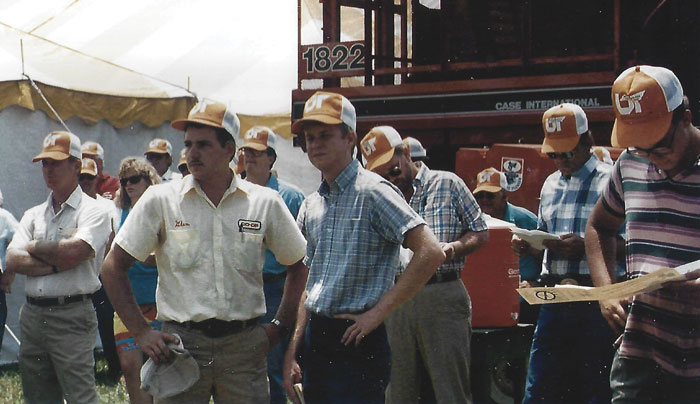
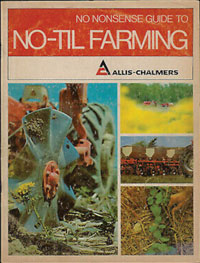
“When God was farming the whole world by Himself, everything was planted without tillage... and He grew a very respectable crop…” – Anonymous. Source: Opening page of No Nonsense Guide to No-Til Farming, Allis-Chalmers
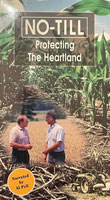
No-Till Farming in the Early 80's
VIDEO AGE HELPED. The NRCS provided funding for VHS videos like this one, which detailed two Iowa farms and their early experience and results with the then-still-young no-till practice.
Zeneca Ag produced the 1997 VHS video at right, which features interviews with leading no-tillers and in-the-field footage. Click here to watch.
Spreading The Word About No-Till
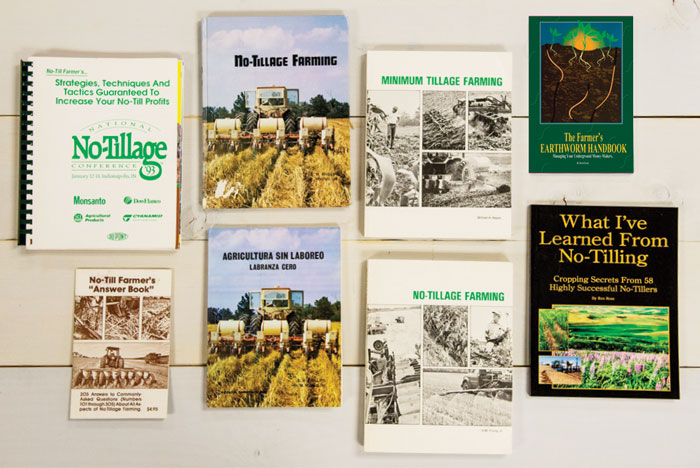
The 2024 No-Till History Series is supported by Calmer Corn Heads. For more historical content, including video and multimedia, visit No-TillFarmer.com/HistorySeries.

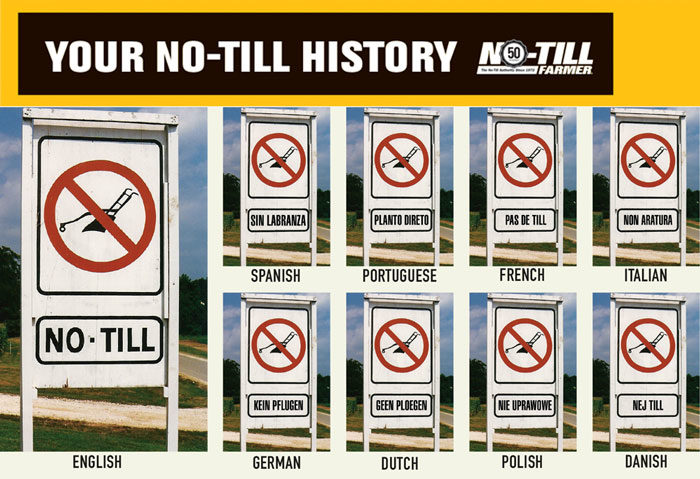
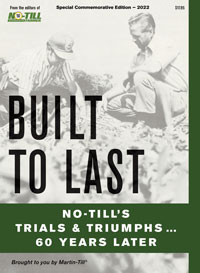
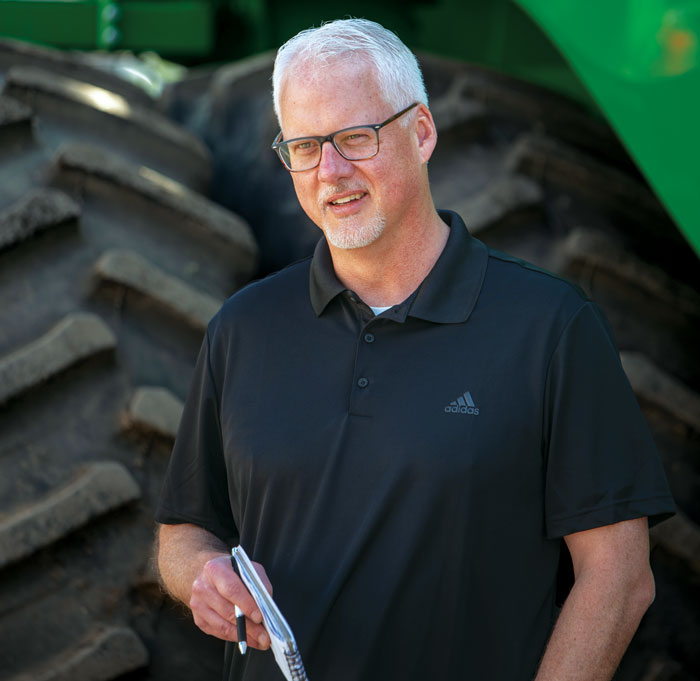






Post a comment
Report Abusive Comment